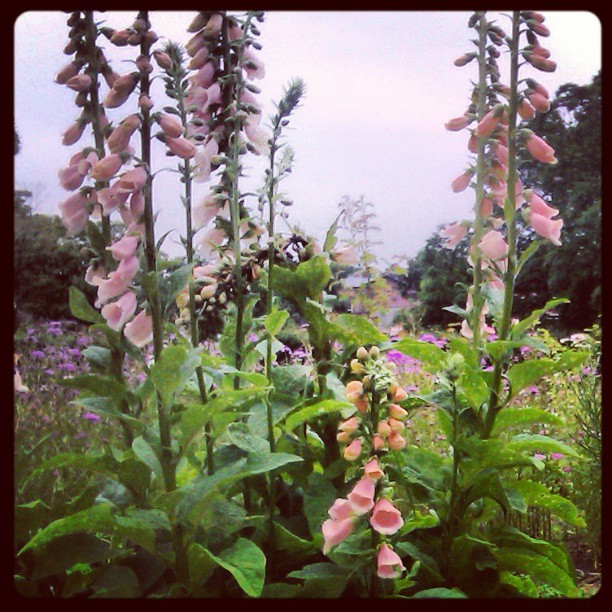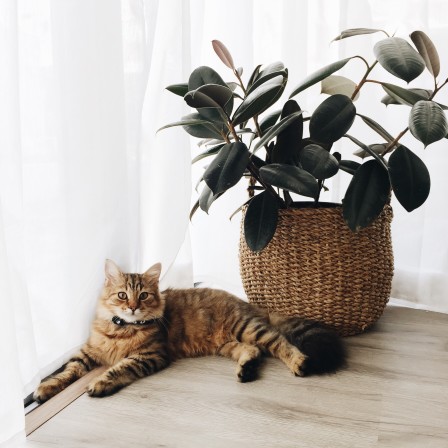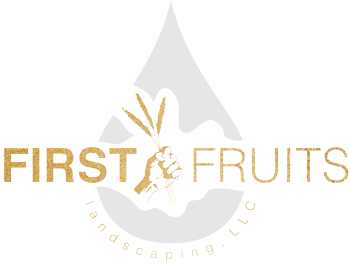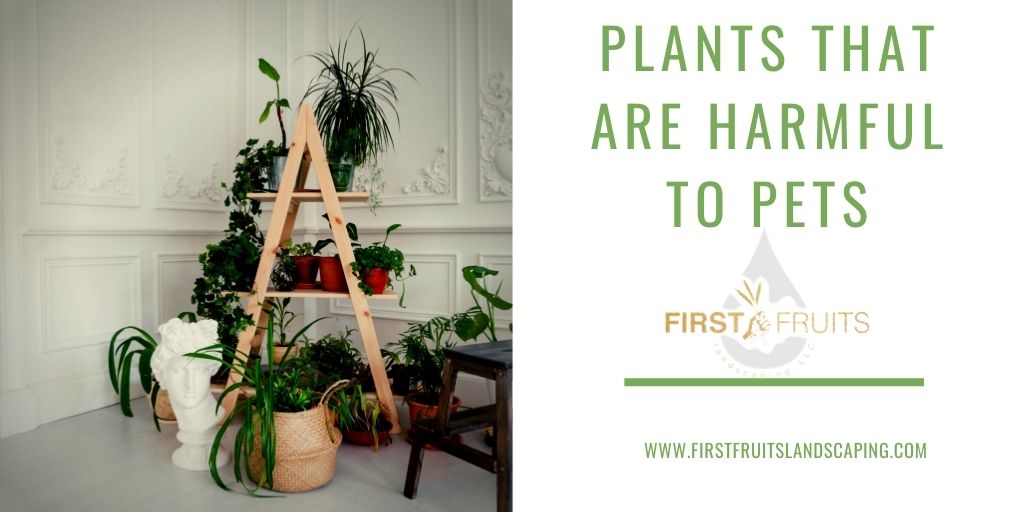Harmful Plants – One of the worst feelings is to have your dog or cat or any other domesticated animal sick or maybe even died because of something we’ve purposely planted in our backyard. There are a lot of plants, trees, and shrubs that are toxic and hazardous to domesticated animals and we may have planted them because they look pretty, but if our cat or dog are going to chew on them, they need to go.
Before you landscape your entire yard with plants you think are pretty, you may want to understand what could be toxic to your pets. There are a lot of plants in our backyard that can be toxic to people as well such as the Golden chain tree or certain berries. But, that’s another topic.
Today, we’re going to talk about some native Pacific Northwest plants that can be toxic, hazardous, and poisonous to your pets.
The following plants are toxic to pets (exceptions noted) and humans. If a vulnerable species isn’t listed, consider the plant toxic to all animals.
- Azalea, laurels and rhododendron. All parts of the plant are considered moderately to extremely toxic.
- Black locust. All parts. Moderate to highly toxic; most problematic for horses.
- Bleeding heart. Toxic to cats.
- Bracken Fern
- Bulbs: hyacinth, narcissus, daffodil. Very toxic. (Tulips are only mildly toxic.)

- Christmas rose (Helleborus niger). All parts of the plant are poisonous.
- Common Tansy
- Castorbean. The seeds are highly toxic.
- Daphne. Berries are extremely toxic.
- Death Camas
- Death Cap Mushroom
- Dieffenbachia. Moderately to highly toxic.
- Dogbane. Rhizomes are poisonous.
- Elephant ear. Moderately to highly toxic.
- Easter lily. Highly toxic to cats.
- English Ivy
- English Laural
- Foxglove. Leaves are highly toxic.
- Golden chain (Laburnum anagyroides). All parts toxic, especially to dogs, horses, humans.
- Horse Chestnut
- Jasmine. Berries are extremely toxic.
- Lantana. Berries are poisonous.
- Larkspur. Moderately to highly toxic, especially the young plants and seeds.
- Lily of the valley. Both leaves and flowers are moderate to highly toxic. (sorry Animal Crossing fans)
- Mistletoe. Berries are extremely toxic.
- Monkshood. Roots are moderately toxic. Causes digestive upset and anxiety.
- Oleander. Highly toxic, especially to dogs, goats and horses.
- Poison hemlock. All parts are toxic.
- Red maple. Very toxic, only to horses.
- Rhubarb. Leaf blades are highly toxic.
- Rhododendron
- Water hemlock. All parts of the plant are poisonous.
- White snakeroot. All parts are poisonous, especially to dogs, horses, rabbits.
- Wild and domestic cherry. Leaves and stems are highly toxic.
- Wisteria. Seeds and pods cause mild to severe gastrointestinal reactions.
- Yew. Foliage and berries are both extremely toxic.
The main problem though is that you might not know what these look like. So one of the best ways to determine if you have a plant that’s going to be chewed on from an animal is to take a picture of that plant and have someone at a garden nursery identify it. Many of these toxic plants can cause nausea, vomiting, and diarrhea and some may lead to death depending on how much the animal has eaten.
One good piece of advice is that most of these plans, if chewed on by an adult or a child, needs to be ingested by quite a bit before major effects will take place as per the Poison Control Center. However, you don’t want to take any risks with animals, especially those that are smaller and can digest a lot, wreaking havoc on their insides before you know it.
What about houseplants? Are these inside plants harmful to pets as well?
Even if your pet doesn’t go outside a lot, there are a lot of inside houseplants that can be extremely toxic to dogs. Some have a mild effect while others have a very high chance of being poisonous.
- Sago Palm

- Alocasia
- Aloe
- Arrowhead Plant
- Calla Lily
- Bird of Paradise
- ZZ Plant
- Dieffenbachia(very common in PNW)
- Jade Plant
- Kafir Lily
- Dracaena Fragrans (also common)
- Cyclamen (Common)
- Desert Rose
- Golden Pothos
- Kalanchoe
- Dracaena (common)
- Eucalyptus (unless you have a pet Koala)
- Flame Lily
- Ficus Benjamina (common)
- Flamingo Flower (Anthurium – common)
- Gardenia (common)
- Geranium (common)
- English Ivy
- Peace Lily (white anthurium common)
- Schefflera (common)
- Oleander
- Amaryllis (common)
- Asparagus Fern
- Ti Plant
- Begonia (common)
- Peyote
- Brunfelsia
- Cactus (While mainly ornamental, most cacti are toxic and a potential hazard due to storms and spikes)
- Philodendron (common)
Again, if you’re unsure if you actually have any of these plants, take a picture of them and speak to somebody at a local nursery. If you’re planning on redoing your backyard landscaping and you want to make sure that all of the plans are safe for pets and children, contact us today.
We’d be happy to lay out a plan for a completely safe and non-toxic landscape and war even an edible one. Remember, not all pets chew on plants and many of them have built-in instincts that will keep them away from toxic plants and shrubs. However, you always have that one that might be prone to chew on just about anything. Keep your pets and your family safe by choosing non-toxic and non-poisonous plants.

